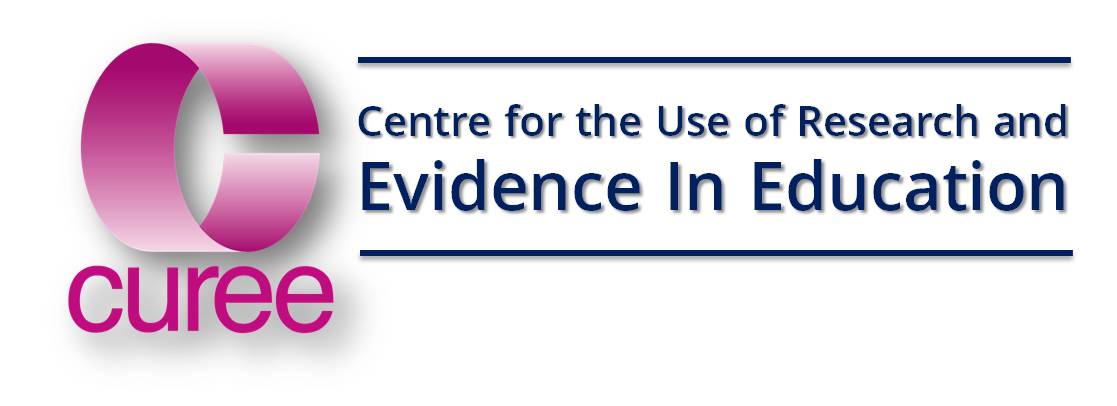The National Teacher Research Panel was set up about 15 years ago by CUREE supported by a group of national education agencies most of which no longer exist. It had three main goals:
- To ensure that all research in education takes account of the teacher perspective
- To ensure a higher profile for research and evidence informed practice in government, academic and practitioner communities
- To increase the number of teachers engaged in and with the full spectrum of research activity.
Over the several years of its existence, the Panel, supported by its expert advisers in CUREE, has helped and encouraged dozens of teachers and school leaders to do high quality but practical research. The Panel also helped them report their findings succinctly, in plain English and focused on relevance to other practitioners. This is one such example of that work.
All schools work hard to identify and support pupils who are attaining well below the average. This TLA research summarises a study that explored the ways in which teachers and schools support such pupils by placing them in groupings and providing specific and tailored support. The study identified some successful classroom, department and school strategies for assisting low attaining students to learn.The study is:Dunne, M., S. Humphreys, J. Sebba, A. Dyson, F. Gallannaugh and D. Muijs. Effective teaching and learning for pupils in low attaining groups. DCSF (Research Report 011), 2007. The study set out to discover how pupils in low attaining groups can be motivated and supported to learn. It also looked at whether different approaches were used for different types of pupils and it considered how schools organise low attaining groups and what kinds of pupils end up in these groups.The researchers surveyed 168 primary and secondary schools from 12 local authorities, to find out how they organised low attaining pupils, and to study the characteristics and attainment of these pupils. The researchers then produced 13 in-depth case studies of schools seen to be doing well with low attaining pupils (i.e. achieving good value added scores for their pupils). Staff and pupil interviews and observations in these schools were crossreferenced with the statistical analyses, enabling the researchers to identify which strategies were working best.Significantly, the researchers used the term 'attainment' in preference to 'ability'. 'Ability' was seen as problematic since there is no means of measuring it, whereas attainment can be measured with greater consistency, for example using National Curriculum Tests.The researchers found that schools that had had success with low attaining pupils were employing specific strategies to encourage participation, motivation and engagement. These included extra classroom support measures, such as good use of teaching assistants (TAs), teaching approaches appropriate to the needs of pupils who are attaining well below the average, providing a varied and appropriate curriculum, and flexibility in grouping arrangements.Beyond the classroom, successful schools promoted an inclusive school ethos to all, took care of the emotional needs of pupils in lower sets and were making extra links with the wider community.The research confirmed that schools allocated pupils to lower sets partly based on prior attainment scores, though setting decisions were clearly not made on this basis alone. Other factors included assessments, teacher judgements and pupil behaviour.In terms of pupil characteristics, pupils from low socio-economic status (SES) backgrounds, with less parental support and fewer learning resources at home, were more likely to be found in low sets, whatever their prior attainment, as were those with Special Educational Needs.This summary also contains four case studies which illustrate some different ways in which schools other than those who participated in the study have worked successfully with low attaining groups.We think that teachers of low attaining pupil groups (both whole-class groups and smaller groups within more mixed classes) will find the teaching and learning ideas contained in this summary useful. School leaders who have responsibility for allocating pupils to groups or sets, and those who manage TAs or other resources aimed at pupils who are attaining well below the average, will also find the summary helpful in deciding the best approach for their school.
File attachments:
Document section:
